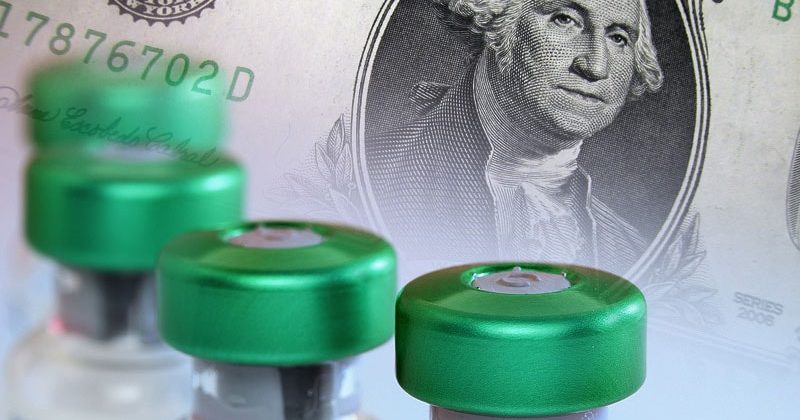Most National Cancer Institute (NCI)–designated cancer centers fail to publicly disclose negotiated prices for cancer therapies, despite federal requirements to do so.
Among those that do provide this information, new research shows that hospitals substantially mark up prices for top-selling cancer therapies relative to acquisition costs. Median drug price markups across NCI centers and payers ranged from nearly 120% to more than 600%.
As a result, “The total price for an entire treatment course could vary on the order of hundreds of thousands of dollars,” Roy Xiao, MD, Department of Otolaryngology–Head and Neck Surgery, Massachusetts Eye and Ear Infirmary, in Boston, told Medscape Medical News.
The study was published online April 18 in JAMA Internal Medicine.
Manufacturers often price novel anticancer therapies at more than $100,000 per year, but less is known about how much hospitals mark up these prices for patients with private health insurance and how much negotiated prices vary across centers and payers.
Xiao and colleagues analyzed private payer-specific negotiated prices for the top 25 parenteral cancer therapies by Medicare Part B spending in 2019 using publicly available hospital price transparency files for 61 NCI-designated cancer centers.
Fewer than half of the centers (44.3%) disclosed payer-specific negotiated prices for at least one top-selling cancer drug. Disclosure rates for different drugs ranged from 21.3% (13 centers) for rituximab with hyaluronidase to 42.6% (26 centers) for rituximab, bevacizumab, or leuprolide.
The researchers also found a wide variation in negotiated prices for cancer therapies across hospitals. Across-center price ratios — defined as the ratio between the 90th and 10th percentile median price per unit — ranged from 2.2 ($16 vs $36 for pembrolizumab 1 mg) and 15.8 ($247 vs $3914 for leuprolide 7.5 mg).
Payer-specific prices also varied considerably between payers at the same center. Among all centers, the median within-center price ratios for cancer therapies ranged from 1.8 (brentuximab) to 2.5 (bevacizumab).
As for the extent of cancer therapy markups, median price markups across centers and payers ranged from 118% (sipuleucel-T) to 634% (leuprolide) more than the estimated cost paid by hospitals.
Conservative estimates of acquisition costs and payer-specific prices yielded markups ranging from 42.1% (sipuleucel-T) to 234.1% (leuprolide).
The authors also provided examples of how these variations might affect the total cost of treatment. For instance, they note that the median total price variation across centers to treat metastatic non–small cell lung cancer with pembrolizumab was $168,405. At one institution, the within-center median price variation for daratumumab as third-line therapy for multiple myeloma was $174,225.
To reduce the financial burden of cancer treatment for patients, the authors suggest implementing public policies “to discourage or prevent excessive hospital price markups on parenteral chemotherapeutics.”
To promote hospital compliance with transparency regulations, in January 2022, the Centers for Medicare & Medicare Services increased penalties for nondisclosure from a fixed maximum of $300 per day to up to $5500 per day, based on hospital bed size, which would total over $2 million per year, Xiao told Medscape Medical News.
“We would expect that this significant financial penalty would encourage more consistent reporting,” he said.
The study had no specific funding. Xiao has disclosed no relevant disclosures. A complete list of author disclosures is available with the original article.
JAMA Intern Med. Published online April 18, 2022. Abstract
Source: Read Full Article
